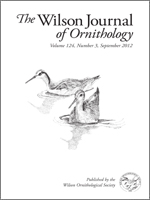 Here are some articles of interest in the current issue of The Wilson Journal of Ornithology (fee or subscription required):
Here are some articles of interest in the current issue of The Wilson Journal of Ornithology (fee or subscription required):
Capsaicin as a Deterrent Against Introduced Mammalian Nest Predators
Hot pepper will keep non-native rats away from bird eggs in nests, says this study from New Zealand.
Variation in the Diet of Western Barn Owls (Tyto alba) Along an Urban-Rural Gradient
Barn owl populations are most dense in the suburbs, this Argentinian study finds. In that periurban environment, barn owls find both native rodents found in rural areas and the non-native rodents found in cities. Barn owl pops are not declining in South America as they are here, but this paper may offer tidbits for local population-boosting efforts.
Eastern Screech-Owl Responses to Suburban Sprawl, Warmer Climate, and Additional Avian Food in Central Texas
The suburbs also have benefits for screech owls in Texas — earlier nesting and higher fledgling productivity.
Simultaneous Multiple Nests of Calliope Hummingbird and Rufous Hummingbird Two different species of hummingbirds in Montana were observed laying eggs in a second nest while still feeding young in the first nest of the season.

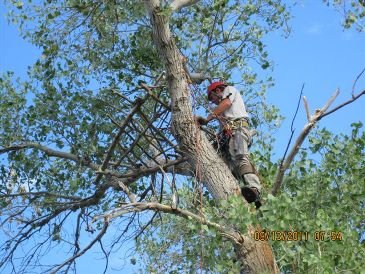 After three years of ticks killing off bald eagle nestlings in Arizona, the Arizona Game and Fish Department constructed “starter nests” in nearby trees. This year the bald eagle pair used one of the man-made nests and successfully fledged two young,
After three years of ticks killing off bald eagle nestlings in Arizona, the Arizona Game and Fish Department constructed “starter nests” in nearby trees. This year the bald eagle pair used one of the man-made nests and successfully fledged two young, 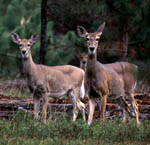 The Wisconsin Department of Natural Resources wants a four-day antlerless deer hunt as part of its strategy against Chronic Wasting Disease. Wisconsin Governor Scott Walker has cancelled that hunt, reports the
The Wisconsin Department of Natural Resources wants a four-day antlerless deer hunt as part of its strategy against Chronic Wasting Disease. Wisconsin Governor Scott Walker has cancelled that hunt, reports the 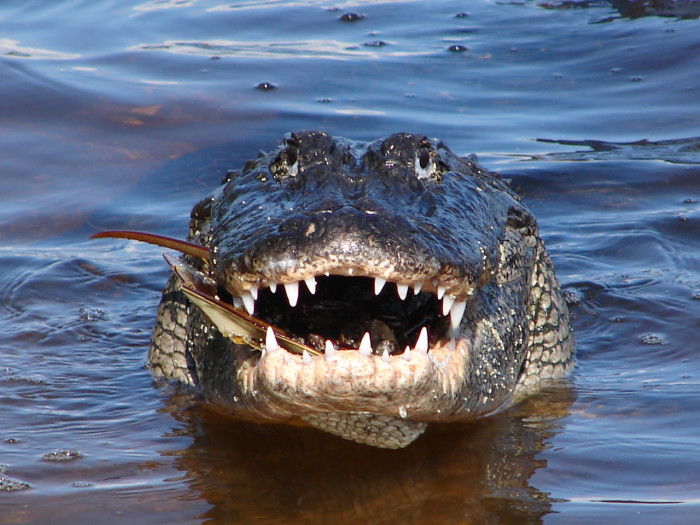 The number of alligator related hunting violations has jumped from 60 five years ago to 98 just this year, says an article in
The number of alligator related hunting violations has jumped from 60 five years ago to 98 just this year, says an article in 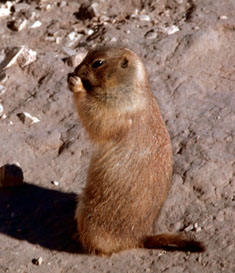 Oregon vesper sparrow and Mazama pocket gopher; mountain plover, burrowing owl and McCown’s longspur; the palila, a rapidly-declining Hawaiian honeycreeper; Karner blue butterfly, grasshopper sparrow, Henslow’s sparrow, and northern harrier; and white-tailed, Gunnison’s, Utah, and black-tailed prairie dogs are among the non-game species to benefit from this round of the
Oregon vesper sparrow and Mazama pocket gopher; mountain plover, burrowing owl and McCown’s longspur; the palila, a rapidly-declining Hawaiian honeycreeper; Karner blue butterfly, grasshopper sparrow, Henslow’s sparrow, and northern harrier; and white-tailed, Gunnison’s, Utah, and black-tailed prairie dogs are among the non-game species to benefit from this round of the